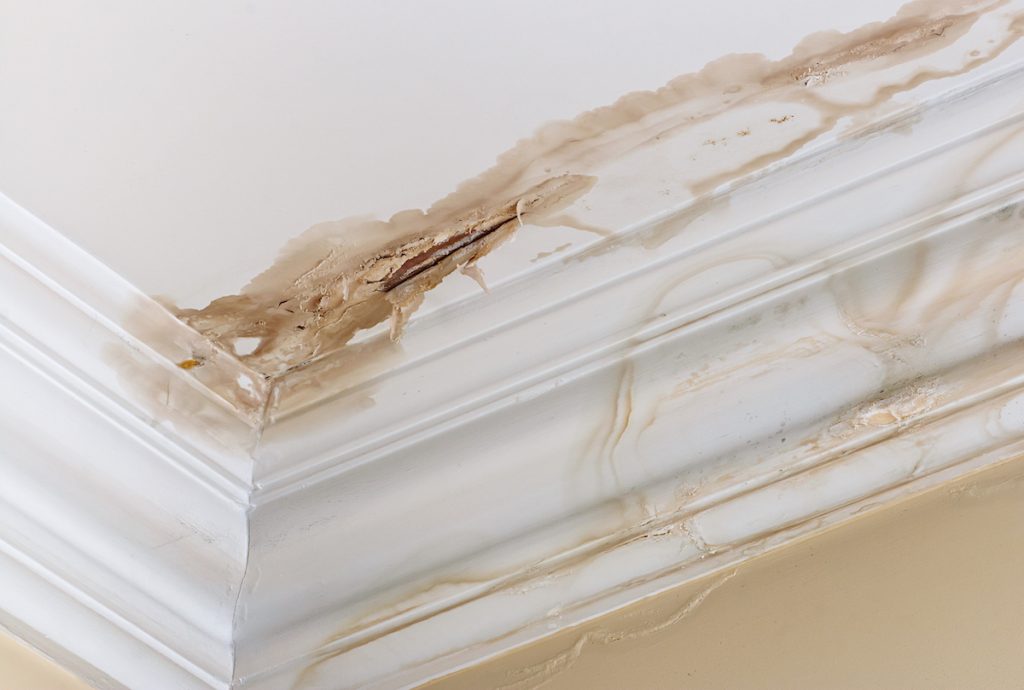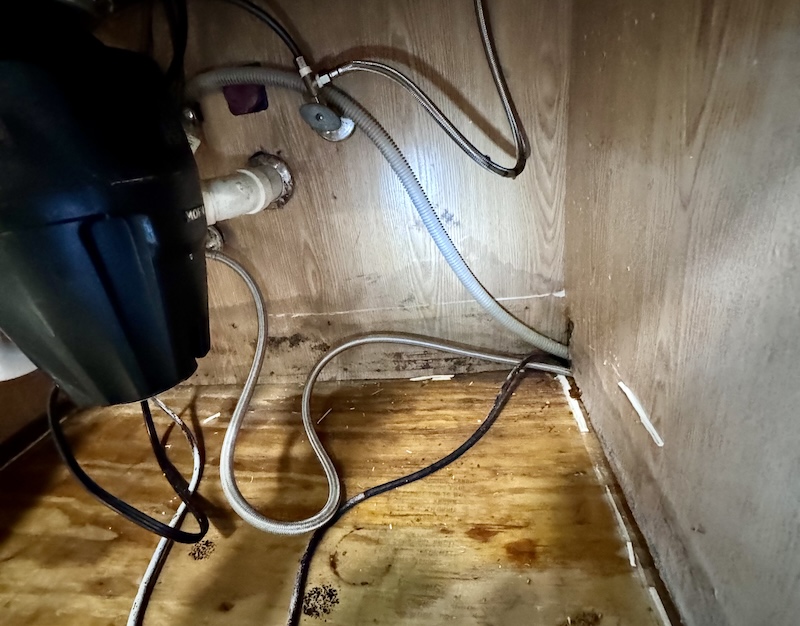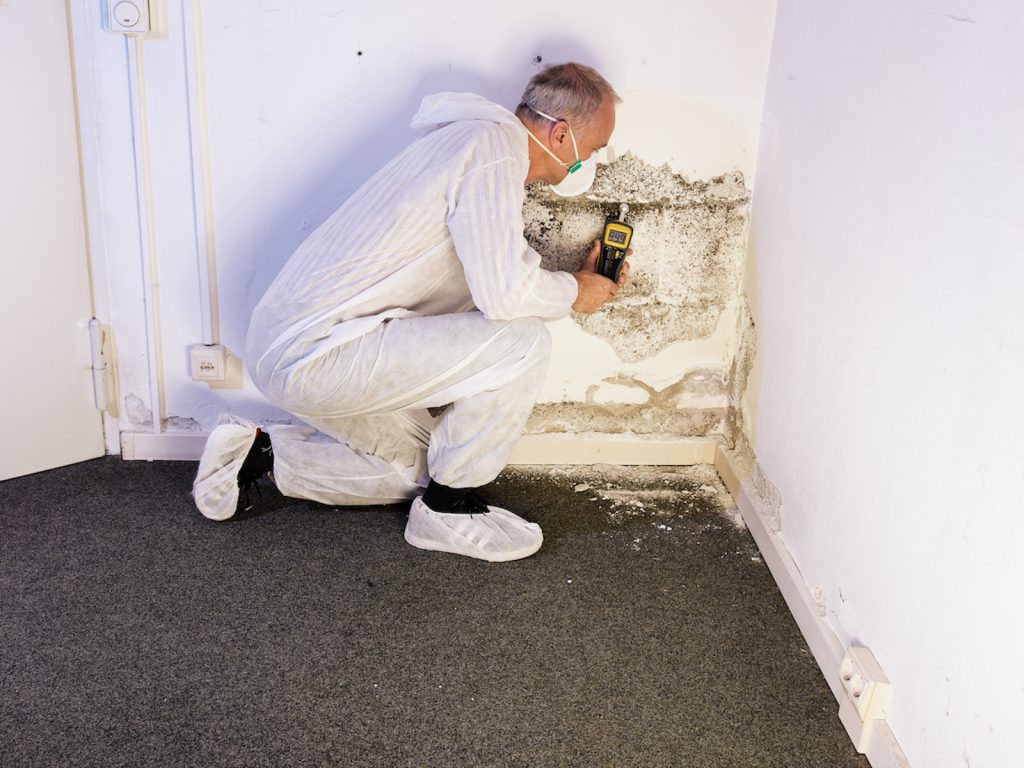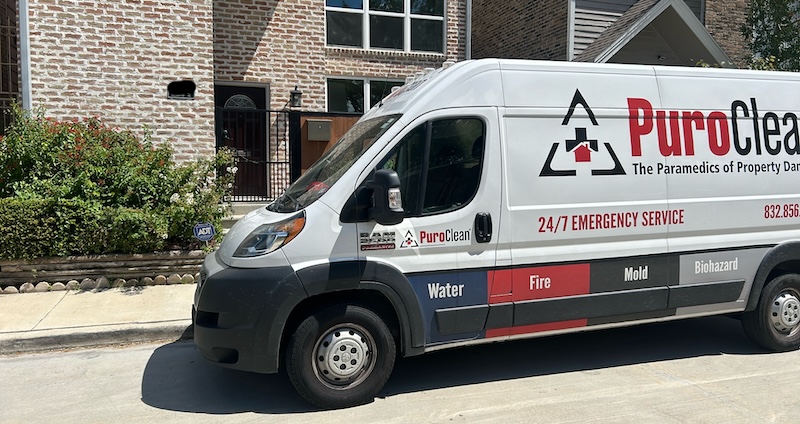In this article:
Water damage can be a stressful and costly experience for homeowners. Whether it’s due to a burst pipe, appliance malfunction, or natural disaster, water damage can lead to significant repairs and even health hazards if not addressed promptly. If you have home insurance, you may be wondering if it’s worth opening an insurance claim to cover the damages. In this article, we’ll explore the factors to consider and provide a step-by-step guide on how to file a claim.
When Should You Consider Opening a Claim?
Not all water damage incidents warrant filing a claim with your home insurance. Here are some factors to consider:
1. Deductible vs. Repair Costs:
Home insurance policies typically have a deductible—the amount you pay out of pocket before your insurance kicks in. Compare the repair costs with your deductible. If the cost of repairs is only slightly higher than your deductible, you might consider paying for the repairs yourself to avoid a potential increase in your insurance premiums.
2. Extent of the Water Damage:
The severity of the water damage is the first thing to assess. If the damage is minor and can be fixed with a simple repair or cleanup, it may not be worth filing a claim. However, if the damage is extensive, such as significant flooding or structural damage, a claim may be necessary to cover the costs.

3. Cause of the Damage:
It’s important to understand the cause of the water damage, as not all types of water damage are covered by standard home insurance policies. For example, gradual leaks due to poor maintenance may not be covered, whereas sudden and accidental damage, such as a burst pipe, is usually covered. To make informed decisions, it’s essential to review your policy or consult with your insurance agent to determine if the damage qualifies for coverage. For more detailed insights on how to understand and select the right home insurance policy, refer to our interview with expert insurance agent Alberto Tudela, where he shares valuable tips and considerations.
4. Possible Premium Increase:
Filing a claim can lead to an increase in your insurance premiums. If you have a history of claims or the damage is minimal, it might be better to handle the repairs out of pocket to avoid higher premiums in the future.
How to Handle a Water Damage and File an Insurance Claim
If you’ve determined that filing a claim is the right course of action, it’s important to follow the proper steps to ensure a smooth and successful process.
1. Identify the Source of the Leak:
Identifying the source of the water leak is a crucial first step in minimizing damage to your property. If the leak is significant or you cannot immediately identify the source, shutting off the main water valve is critical to prevent further water flow and call a plumber. A qualified plumber can accurately diagnose the source of the leak, perform necessary repairs, and ensure that the problem is resolved effectively.

2. Document but DON’T TOUCH:
Take photos and videos of the affected areas, including any damaged items or structural issues. It is important to avoid attempting to mitigate water damage on your own, as improper handling can sometimes exacerbate the situation. For example, touching or disturbing mold can spread spores, exacerbating the problem rather than solving it. Moreover, your insurance company might use improper DIY attempts as a reason to deny coverage. Ensuring that damage is handled by professionals not only provides a more effective resolution but also helps to protect your claim and ensures that all necessary steps are followed according to industry standards.

3. Contact Certified Water Mitigation Professionals:
Next critical step is to contact IICRC-certified water remediation professionals, such as PuroClean of Central Southwest Houston. Engaging mitigation professionals not only ensures that the water damage is handled by experts but also supports your insurance claim by providing thorough documentation and adhering to best practices in remediation. PuroClean of Central Southwest Houston will advocate for you throughout the claim process, working directly with your insurance company to ensure that your claim is handled fairly and that all necessary steps are followed.

4. Contact Your Insurance Agent to Open the Claim:
Reach out to your insurance company as soon as possible to report the damage. They’ll guide you through the next steps. Be prepared to provide details about the cause of the damage, the extent of the damage, and the details of the initial inspection with PuroClean. Your insurance company will likely send an adjuster to assess the damage and determine the amount of coverage you’re eligible for.
Conclusion: Is It Worth Opening a Claim?
Deciding whether to open a claim with your home insurance after water damage depends on several factors, including the extent of the damage, the cost of repairs, and the potential impact on your premiums. If the damage is significant and your policy covers it, filing a claim can provide much-needed financial relief. However, for minor incidents, it may be more cost-effective to handle the repairs out of pocket.
Regardless of the situation, it’s essential to act quickly and follow the correct procedures when dealing with water damage. Proper documentation, timely communication with your insurance company, and choosing a reliable restoration professional like PuroClean of Central Southwest Houston, are key steps in ensuring your claim is processed smoothly and your home is restored efficiently.
Reach out to us at (832) 856-5900 to arrange a detailed assessment and receive further information.




 PuroClean of Central Southwest Houston
PuroClean of Central Southwest Houston